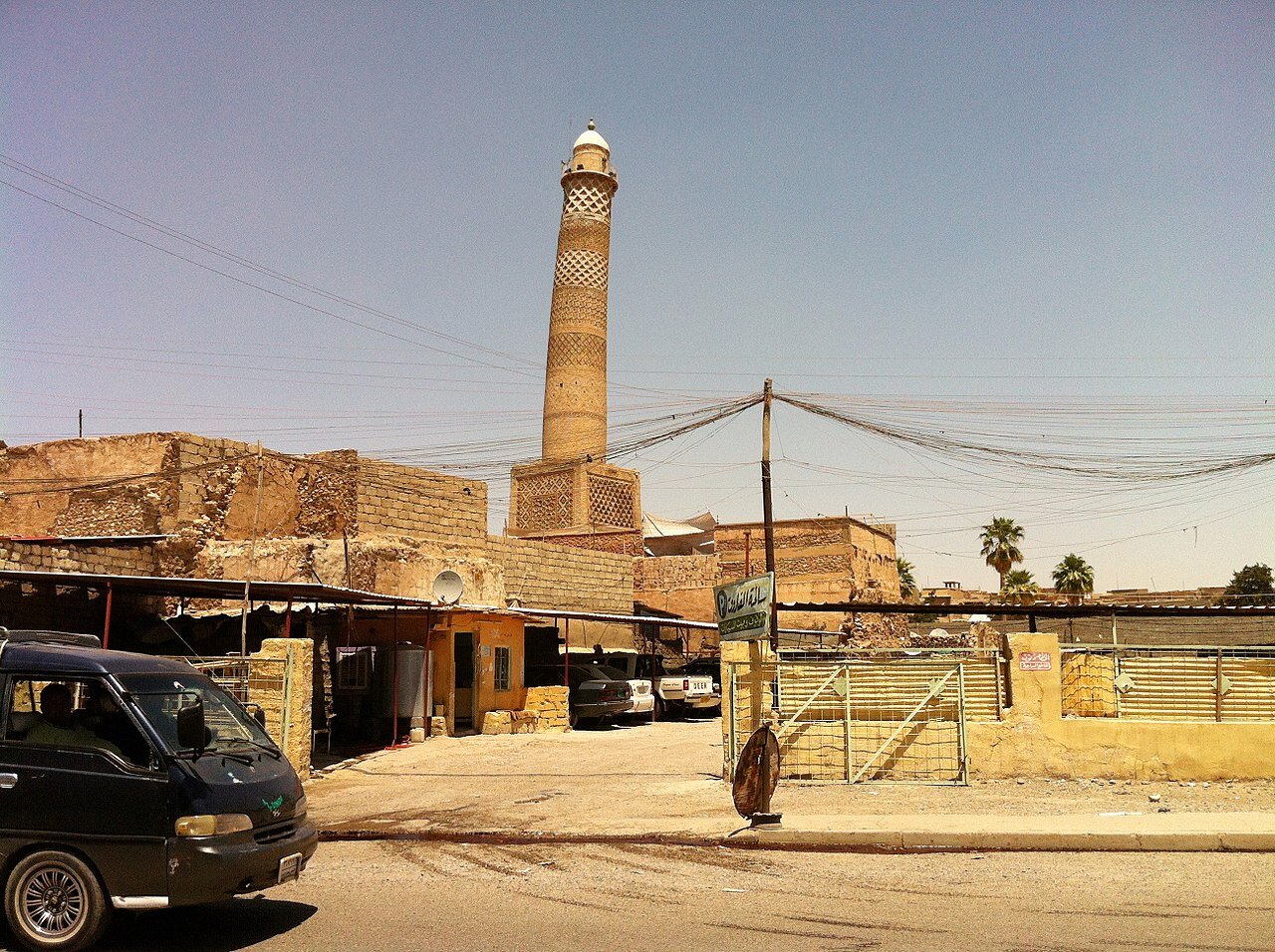When war came to the country of Iraq in the 21st century, it would arrive in a land that was perhaps the very first in history to bear witness to organized human civilization.
As a result, the archaeological, artistic, and antiquity sectors of Iraq have suffered greatly, as has world human heritage, from the wars of the last 30 years.
Now however, with a situation in Iraq that appears somewhat safe, an international team of antiquity specialists is beginning to restore museums and monuments around the country, bringing their artifacts out of hiding, and surveying the damage.
In Mosul, a city that was recently the briefly-held capital of the Islamic State, a consortium comprising the Smithsonian Institute, the Louvre, Iraq’s State Board of Antiquities and Heritage, and the World Monument Fund, prepares to bring the Mosul Cultural Museum back to life, after IS fighters entered it and were filmed smashing statues thought to be made in 100 BCE.
The consortium is led by the International Alliance for the Protection of Heritage in Conflict Areas, or (ALIPH). ALIPH is also carrying out 5 other major projects in Mosul, such was the destruction that has occurred there.
In the museum, work first began by removing unexploded yet primed ordinance from the roof, while assessing the total condition of the building, before cleaning, sorting, and storing the artifacts. The plan is to open the museum again to the public in 2024.
“The rehabilitation of the Mosul Museum is an emblematic project for ALIPH: it is a sign of life and hope, a gesture of solidarity between international and local actors, and a magnificent human adventure, which brings together professionals from different backgrounds who are driven by the same ambition,” said Valéry Freland, executive director of ALIPH, according to Alaraby.
A psychological and physical reconstruction
With support from the Iraqi army, mines and bombs were cleared from the important al Raabiya mosque, which was heavily damaged during the fighting. With $850,000 in funds, ALIPH plans to train local craftsmen to manufacture the replacement decorative bricks in a bid to create a workforce capable of restoring other damaged buildings.
Work is also beginning on the rebuilding of the iconic al-Nuri mosque, built in the 12th century, with its famous leaning minaret. Both were destroyed by the IS in June of 2017 when the Iraqi military closed in on the city.
After shelling and heavy urban warfare, the only intact parts left of the al-Nuri mosque were the green dome and the richly engraved gate. The al-Hadba minaret, and other sections were completely destroyed, and reports are that the remnants will be turned into an exhibit, while the restoration will use all-new materials.
In February 2018, UNESCO Director-General Audrey Azoulay launched “Reviving the Spirit of Mosul,” that aimed to utilize large donations from the UAE to restore the cultural heritage of the city, including the mosque, the al-Sa’a Church, and the tomb of the Biblical figure Jonah.
“Reconstruction will succeed and Iraq will regain its influence only if the human dimension is given priority; education and culture are the key elements,” noted Azoulay in a statement. “They are forces of unity and reconciliation. It is through education and culture that Iraqis, men and women alike, will be able to regain control of their destiny and become actors in the renewal of their country”. WaL
If you think the stories you’ve just read were worth a few dollars, consider donating here to our modest $500-a-year administration costs.



